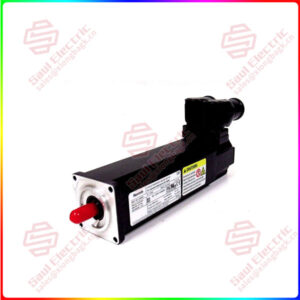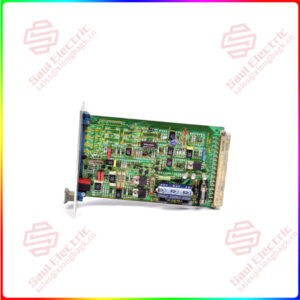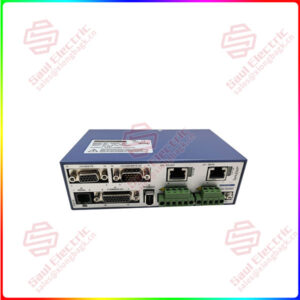Description
Overview
Essential details:590/0350/5/1/3/2/0/0/0000/000/000 Dc governor
lf you need to inquire or purchase ,please send the product models to my email or call medirectly .
sunny He
[Email] sales@saulcontrol.com
[Mobile] 86-18059884797
[WhatsApp] 86-18059884797
[Skype] sales@saulcontrol.com
590/0350/5/1/3/2/0/0/0000/000/000 Dc governor
The working principle of the electronic DC governor is mainly to change the speed of the motor by changing the input voltage or current of the motor. Specifically, the electronic DC governor usually adopts the mode of pulse width modulation (PWM) to control the input voltage or current of the motor by adjusting the duty cycle of the PWM signal, so as to achieve the purpose of speed regulation.
The electronic DC governor is usually composed of a controller, a power driver and a motor. The controller is the core part of the governor, which is responsible for receiving the input control signal, such as analog signal or digital signal, and calculating the target speed or torque of the motor according to the set algorithm, and then output PWM signal to control the power driver.
The role of the power driver is to convert the PWM signal of the controller into the actual control voltage or current, thereby controlling the actual speed or torque of the motor. The output voltage or current of the power driver is proportional to the duty cycle of the PWM signal of the controller, so by adjusting the duty cycle of the PWM signal, the input voltage or current of the motor can be controlled.
The speed of the motor is proportional to the size of the input voltage or current, so changing the size of the input voltage or current can achieve the adjustment of the motor speed. In practical applications, the electronic DC governor usually automatically adjusts the input voltage or current according to the actual operating state and load of the motor to maintain the stable operation of the motor.
In addition to PWM mode to achieve speed regulation, electronic DC governor can also use other ways to achieve speed regulation, such as changing the amplitude, frequency or phase of the input voltage or current of the motor.


 1 Year Warranty
1 Year Warranty






